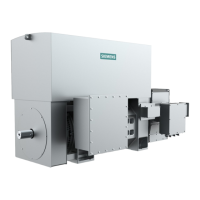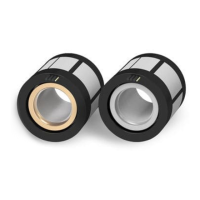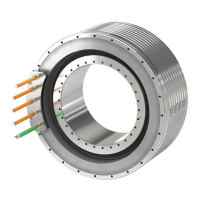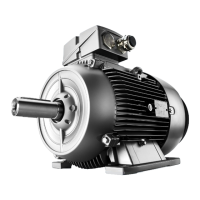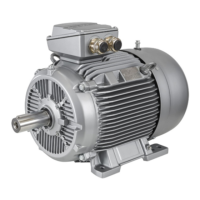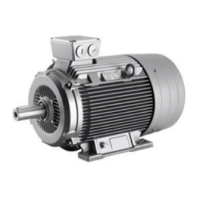Table 4-33 Permissible deviations when aligning the motor
Permissible deviations Radial shaft oset
x
Axial shaft oset
y
Flexible coupling 0.05mm 0.05mm
4.10.4 Flywheels
Flywheels with a high mass, which are rigidly mounted to the end of the motor shaft, modify the
vibration characteristics of the motor and shift the critical rotational frequencies of the motor
into the lower speed ranges.
The overall system should be precision balanced in order to minimize/avoid exciting
vibration, when external masses are directly mounted onto the motor shaft.
Operation in the resonance range must be avoided.
4.10.5 Vibration stressing
The on-site system vibration behavior depends on factors such as the output elements,
mounting situation, alignment, installation, and external vibration and can increase the level of
vibration on the motor.
Under certain circumstances, the rotor may have to be completely balanced with the output
element.
To ensure problem-free operation and a long service life, the vibration values according to
ISO10816 must not be exceeded at the dened measuring points on the motor.
Table 4-34 Maximum permissible radial vibration values for SH 80 to 160
1)
Vibration frequency Vibration values
< 6.3 Hz Vibration amplitude s ≤ 0.16 mm
6.3 ... 250 Hz Vibration velocity v
rms
≤ 4.5 mm/s
> 250 Hz Vibration acceleration a ≤ 10 m/s
2
Table 4-35 Maximum permissible radial vibration values for SH 180 to 280
1)
Vibration frequency Vibration values
< 6.3 Hz Vibration amplitude s ≤ 0.25 mm
6.3 ... 63 Hz Vibration velocity v
rms
≤ 7.1 mm/s
> 63 Hz Vibration acceleration a ≤ 4.0 m/s
2
Mechanical properties
4.10Vibration response
1PH8 SIMOTICS M main motors
Conguration Manual, 12/2022, A5E51895839A 151
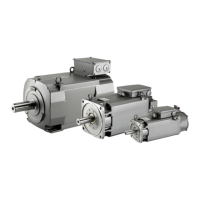
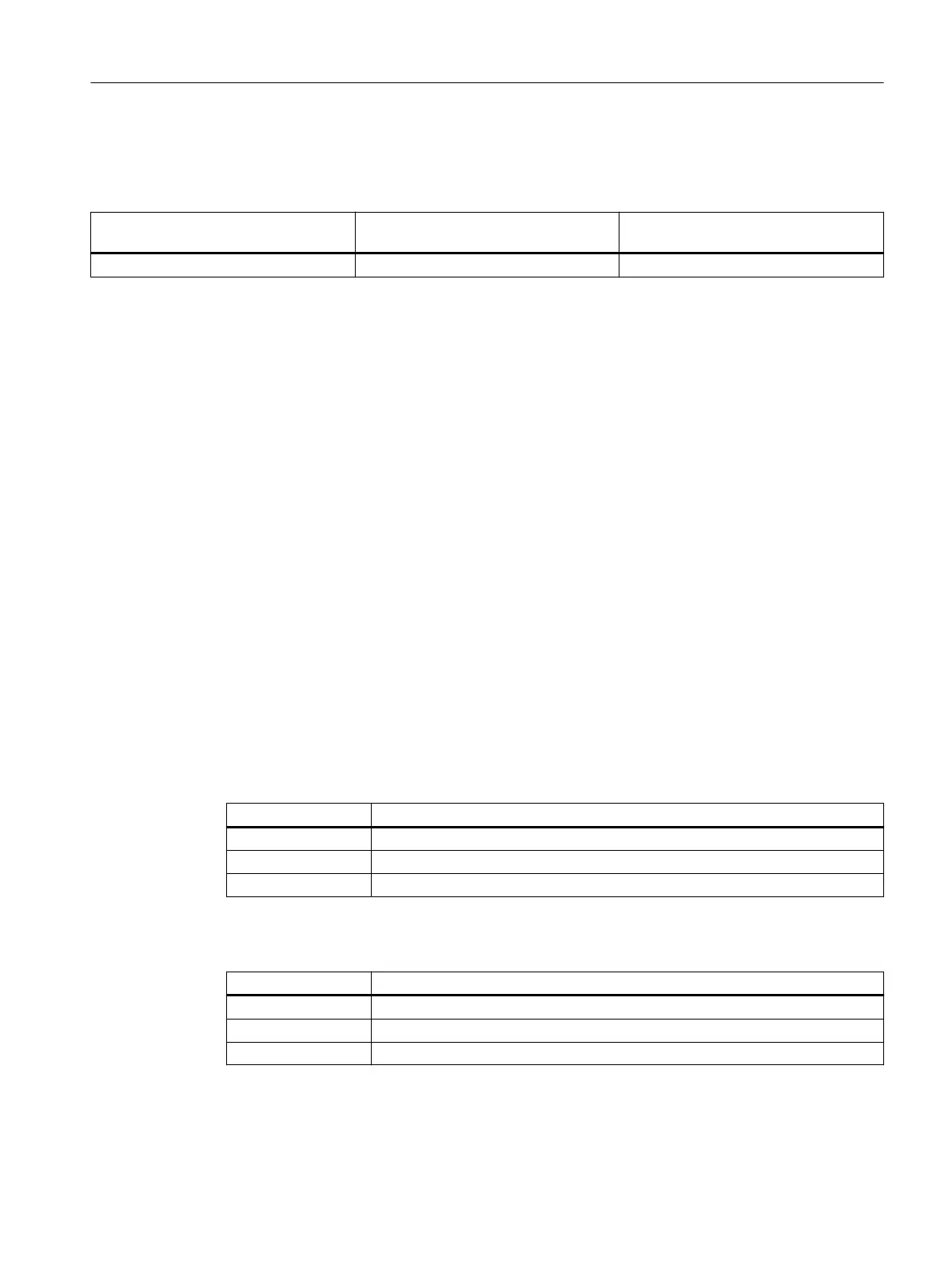